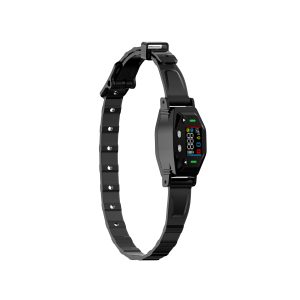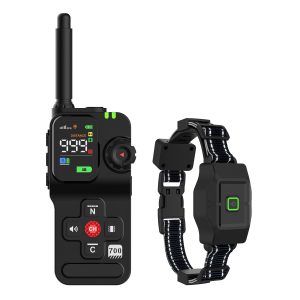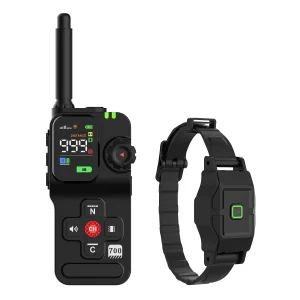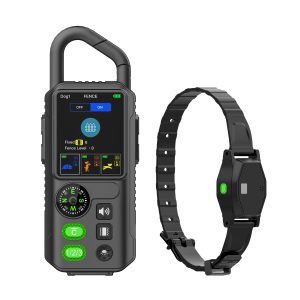Top 10 Effective Ways to Use a Dog Training Collar
Owning a dog can be a rewarding experience, but it comes with its fair share of challenges, especially when it comes to training. Dog training collars have become popular tools for pet owners looking to correct unwanted behaviors in their furry companions. Before using a dog training collar, it’s crucial to understand how to use it effectively to ensure the safety and well-being of your pet.
1. Choose the Right Collar
Before starting your training journey with a dog training collar, it’s essential to select the right collar for your pet. There are various types of collars available, including shock collars, vibration collars, and citronella collars. Consider your dog’s size, temperament, and the behavior you want to correct when choosing a collar.
2. Get Familiar with the Collar
Once you have chosen a collar, take the time to understand how it works. Read the instructions carefully and test the collar to ensure it fits comfortably and functions correctly before putting it on your dog.
3. Start with Positive Reinforcement
Positive reinforcement is key to successful training. Use treats, praise, and encouragement to reward your dog for good behavior. Incorporate the collar as a tool to reinforce positive actions rather than solely relying on punishment.
4. Use Consistent Commands
Consistency is crucial in dog training. Use clear and concise commands when using the training collar. Your dog should associate the command with the desired behavior to avoid confusion.
5. Timing is Everything
Timing plays a significant role in training collars. Correct your dog’s behavior immediately after the unwanted action occurs to create a clear cause-and-effect relationship in your pet’s mind.
6. Gradually Increase Intensity
If you are using a collar that provides stimulation, start with the lowest intensity level and gradually increase it if needed. Monitor your dog’s reaction and adjust the level accordingly to avoid causing distress.
7. Avoid Overuse
Training collars should be used as a tool to reinforce training, not as a substitute for proper communication and positive reinforcement. Avoid overusing the collar, and always use it as part of a comprehensive training program.
8. Practice Patience
Training takes time, so be patient with your dog. Consistent training sessions and positive reinforcement will help your pet understand what is expected of them.
9. Monitor Progress
Keep track of your dog’s progress during training. Note any improvements or setbacks and adjust your training methods accordingly to achieve the desired results.
10. Seek Professional Help if Needed
If you are struggling with training or unsure how to use a dog training collar effectively, don’t hesitate to seek help from a professional dog trainer. They can provide guidance and support to ensure you and your pet have a successful training experience.
By following these tips and using a dog training collar responsibly, you can help your pet learn and grow while strengthening your bond together.




